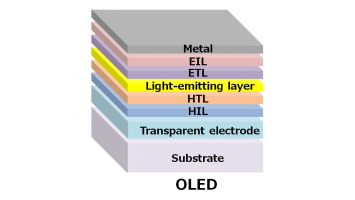
Wavelength indicates the distance between repeating units of a waveform (2 peak points). Wavelength is shown by Greek letter (λ) which means lambda.
Wavelength is measured in meter, micrometer, and nanometer. If the wavelength is smaller the frequency will be higher.
Light is an electromagnetic wave. Light is always on the move like small energy packages going one point to another. During this movement, particles follow a wave shape. The horizontal distance between the two peaks of this waveform indicates the wavelength.
Only a small part of the light (wavelength) can be visible to the naked eye. We can see the light with a wavelength of 400-750 Nm. Therefore, the light in the specified range is called visible light. Wavelength longer than this range is called infrared. Wavelength smaller than this range is called ultraviolet.
Gamma rays, x-ray, microwaves, and radio waves are also a light.
Different wavelength of light makes us perceive them in different colors. In other words, wavelength determines the color of light.
Blue: 450-500 nm
Green: 500-570 nm
Yellow: 570-590 nm
Orange: 590-620 nm
Red: 620-750 nm
Colors in the specified wavelength range are not identical. For instance, 500 nm wavelength green is closed to blue. On the other hand, 570 nm wavelength green is close to yellow.
The situation is different in the white light. White is actually not a color. So, it can’t be mentioned that single wavelength in white light. In order to obtain white light, a mixture of wavelengths or different colors required. It is perceived as white when all the wavelengths of visible light spectrum reach the eye at the same time.
Color of white light described as color coordinates (x,y) or depend on Kelvin value







COMMENTS
MAKE A COMMENT